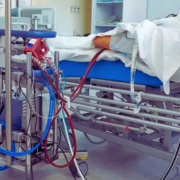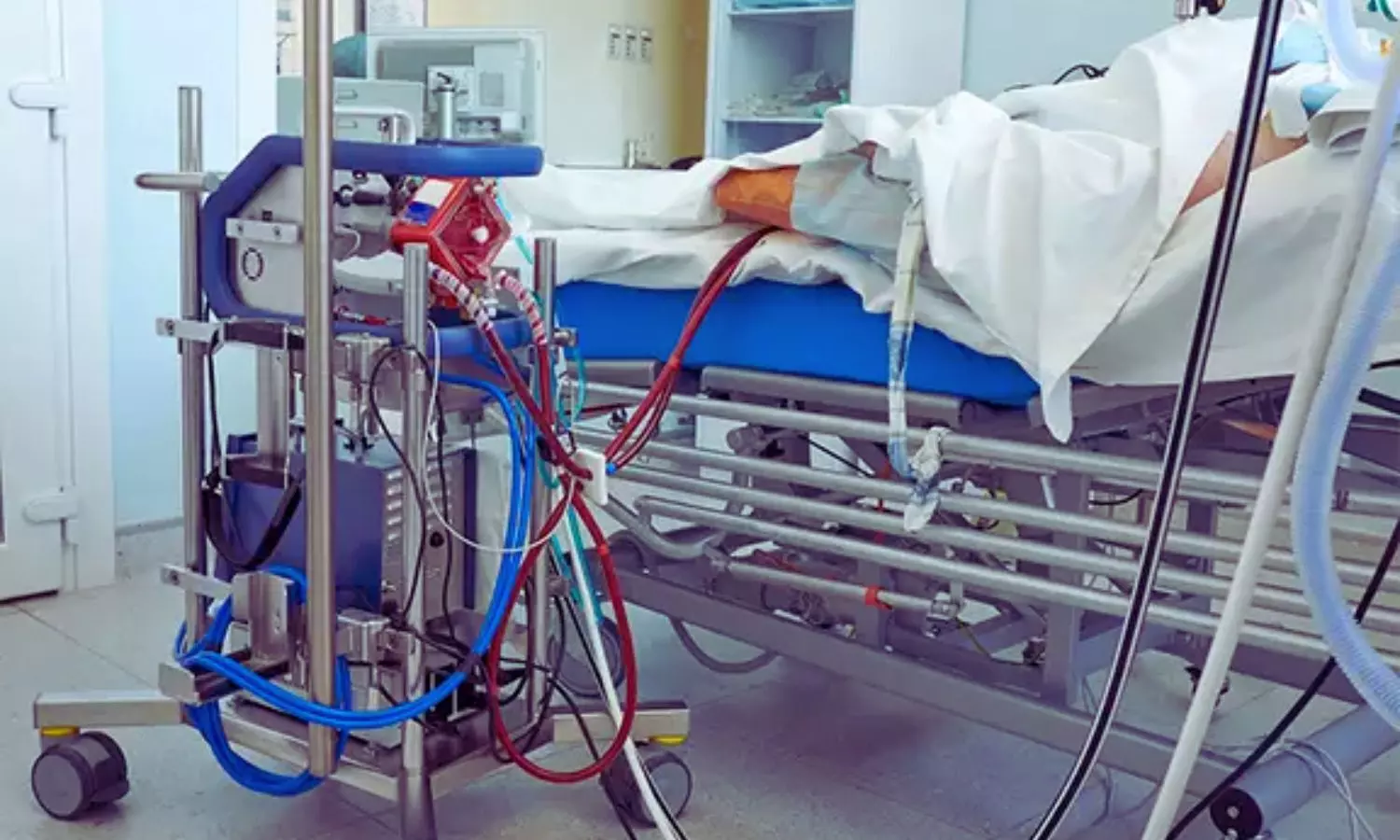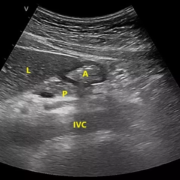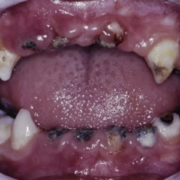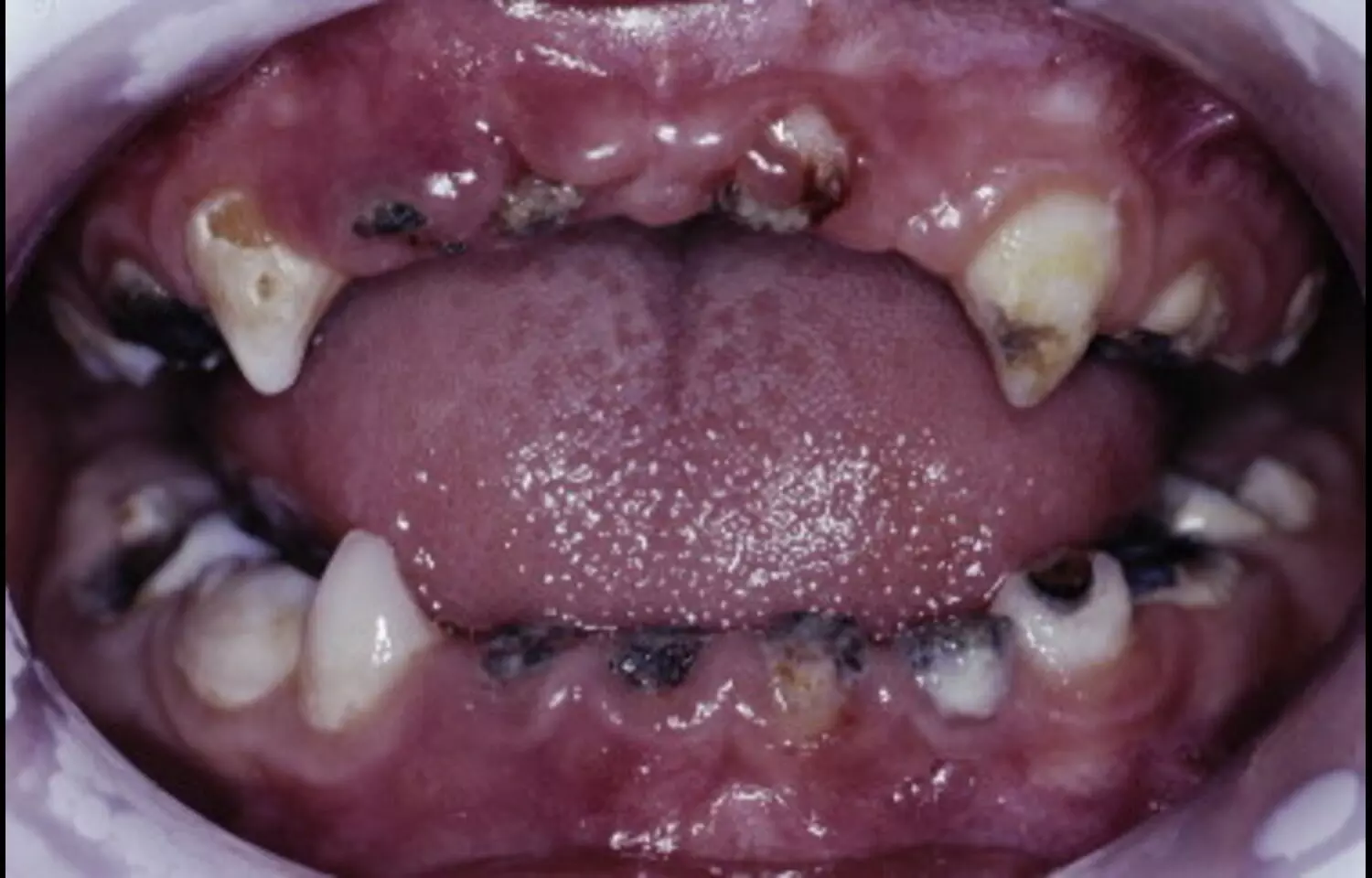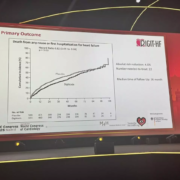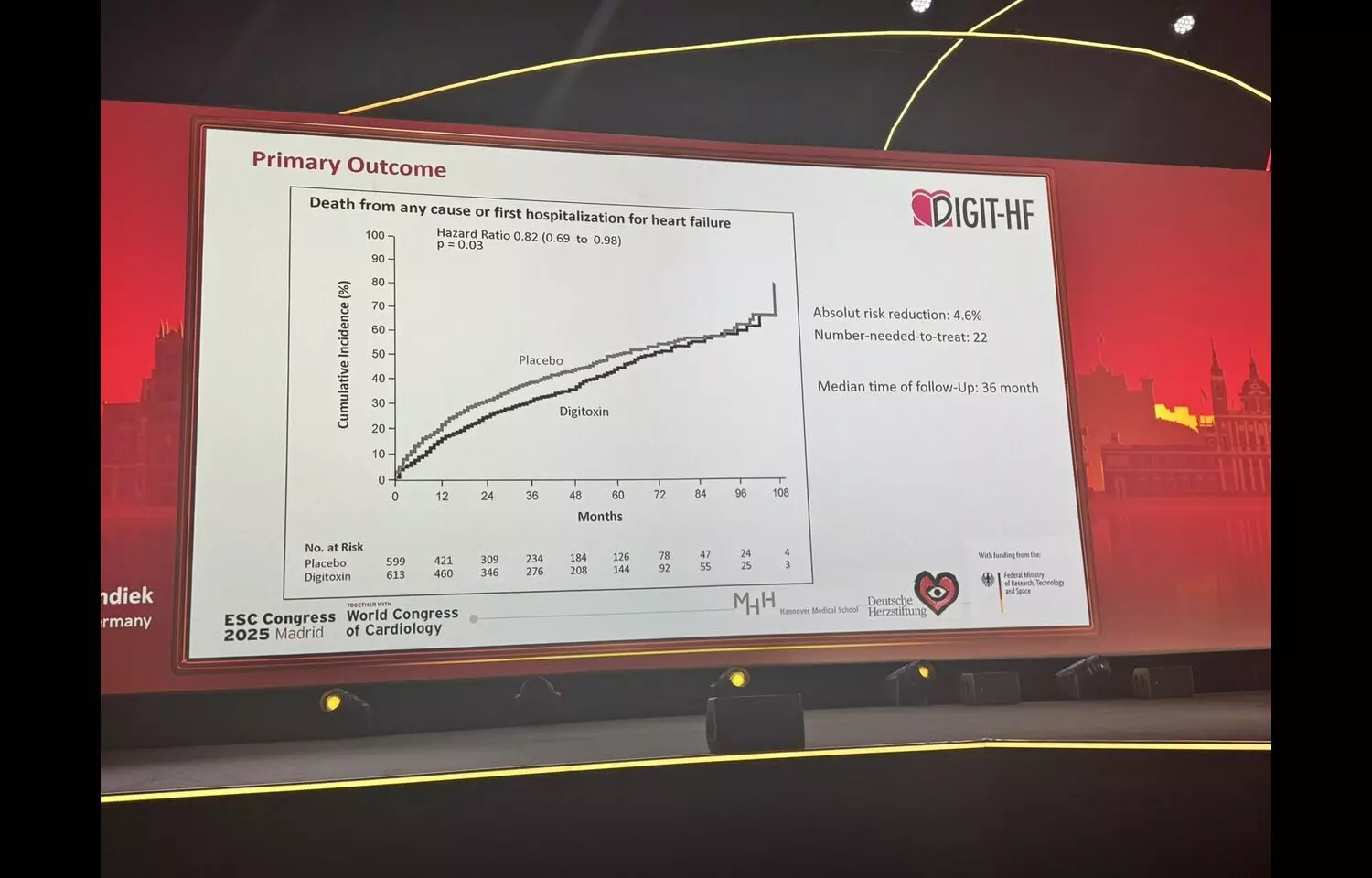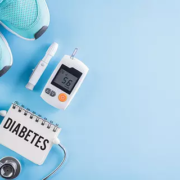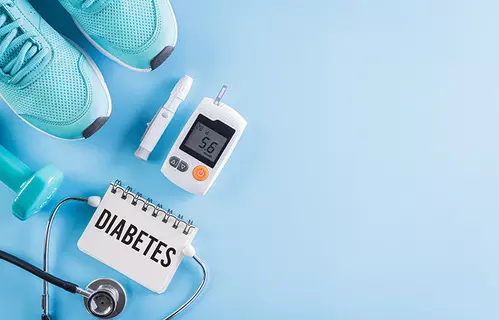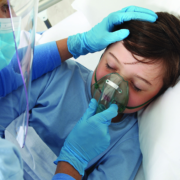More than half of elderly patients presenting to emergency trauma clinic had at least one psychiatric disorder: study

A limited number of studies have examined the psychiatric morbidity in older adults presenting to emergency departments, but no data is available from emergency trauma clinics.
Kanika Sethi et al conducted a study to evaluate the prevalence of psychiatric morbidity among elderly patients presenting to the Emergency trauma setting. The article has been published in ‘ Indian Journal of Orthopaedics.’
A cross-sectional study, with a convenient sampling technique was used. 206 elderly patients presenting to the emergency trauma clinic were evaluated for psychiatric diagnosis as per the Diagnostic and Statistical Manual, Fifth Edition (DSM-5) criteria. A trainee psychiatrist made diagnosis. Pa were also assessed on the Charlson Comorbidity Index (uCCI) (Updated), Adult Comorbidity Evaluation–27, Frail–VIG Index, and Visual Analogue Scale Numeric Pain Distress Scale.
The key findings of the study were:
• Delirium was the most common diagnosis (24.3%), followed by major depressive disorder (8.7%) and followed by dementia (8.5%), generalized anxiety disorder (2.4%), psychotic disorder (0.9%) and Bipolar I disorder (0.5%).
• The most common substance use disorder was tobacco use disorder (11.2%), followed by alcohol use disorder (9.25%).
• A significantly higher proportion of those with psychiatric morbidity were males, were employed, from nuclear families and of older age.
• Those with psychiatric morbidity had significantly higher Charlson comorbidity index score, adult comorbidity index, frailty index score, and severity of pain.
• Those with delirium had significantly higher Charlson comorbidity index score, adult comorbidity index score, frailty index score, and score on visual analogue pain scale compared to without delirium.
The authors concluded that – “Over half of the older patients presenting to emergency trauma clinic had at least one psychiatric disorder. There is a need to re-organize the emergency trauma clinic service and psychiatric evaluation should be one of the integral components of the emergency set-up.”
Further reading:
Prevalence of Psychiatric Morbidity Among the Elderly Patients Presenting to Emergency Trauma Setting: An Exploratory Study
Kanika Sethi et al
Indian Journal of Orthopaedics (2025) 59:635–643
https://doi.org/10.1007/s43465-025-01342-4
Powered by WPeMatico


